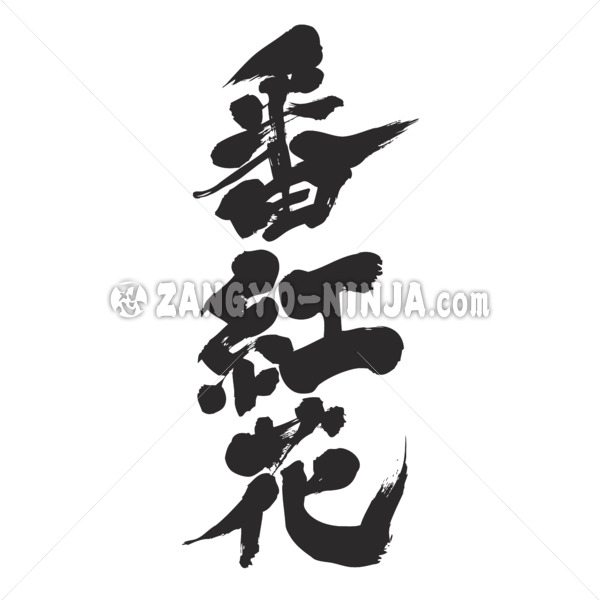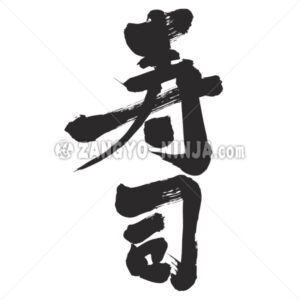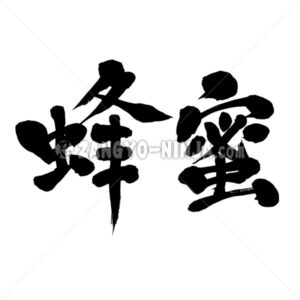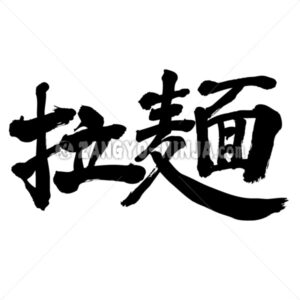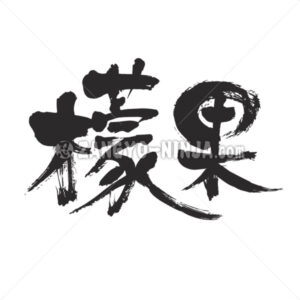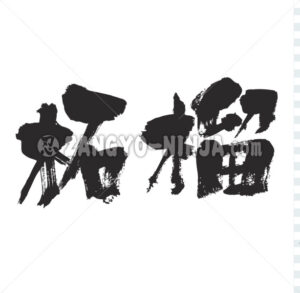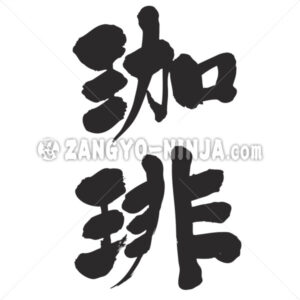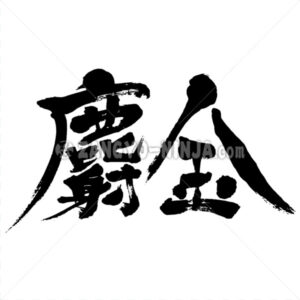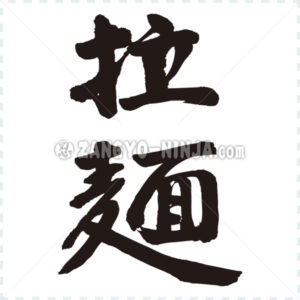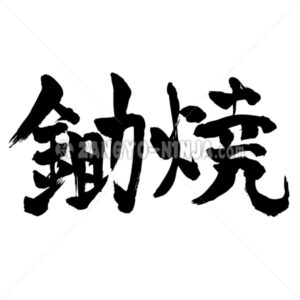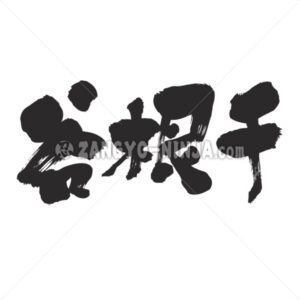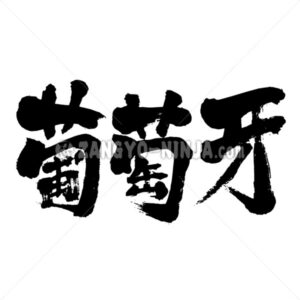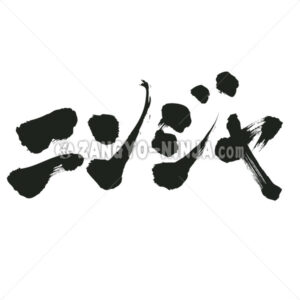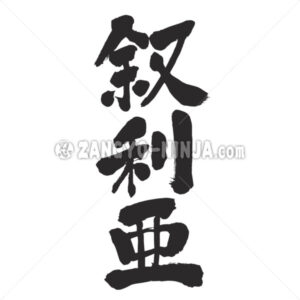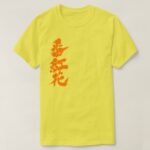Description for “saffron in Kanji”
Saffron is a member of the iris family, whose scientific name is Crocus sativus. It is a type of crocus and blooms in the fall. The saffron used in cooking is made by extracting and drying the three flower stalks of the flower.
Saffron Composition and Characteristics
Saffron is believed to have medicinal properties and has long been used in many countries around the world. In Europe, it is a stomachic, sedative, and menstruative. In China, it is used to induce menstruation, reduce menstrual cramps and chronic uterine bleeding, and for indigestion and abdominal pain. In Japanese folk medicine, it is used as a single flavor for menstrual cramps and irregular menstruation.” This shows that although it has long been a thin and small plant, it has very good effects and efficacy.
According to the same reference, saffron is composed of “carcinoid yellow pigment (crocin),” “bitter glycoside (picrocrocin),” and “aromatic essential oil component (safranal),” and is characterized by its pigment, bitter taste, aroma, and oil.
It also has a strong and peculiar odor, tastes bitter, and turns saliva yellow.
Saffron Origin
Saffron is produced in Iran, Spain, France, and Italy, as well as in Japan. Currently in Japan, it appears to be produced mainly in Oita Prefecture. Difference in price between foreign and domestic saffron. While foreign-produced saffron can be purchased for about the same price as other spices, it is often considerably more expensive in Japan.
Basic saffron dishes
In Spain, saffron is often used in rice dishes and seafood dishes. After all, saffron is indispensable in paella. Other dishes include seafood soups, Catalan-style seafood stews, and deep-fried prawns. It is said that saffron goes well with seafood dishes not only for its color but also for its flavor.
In India, saffron rice is commonly yellow-colored with saffron.


